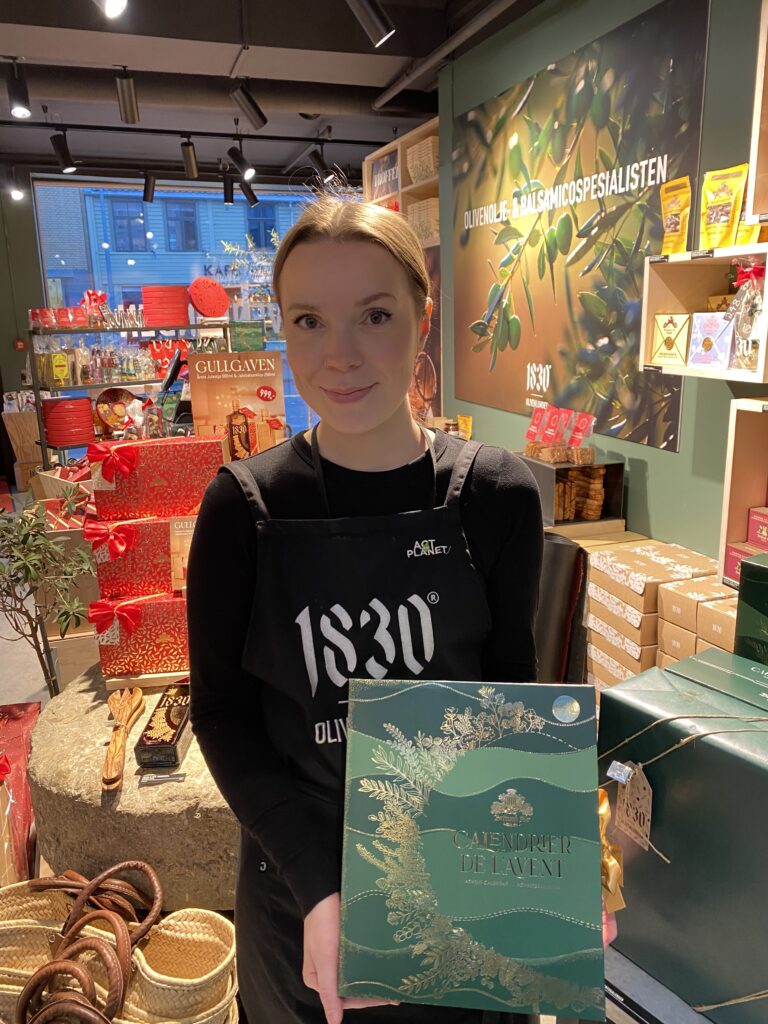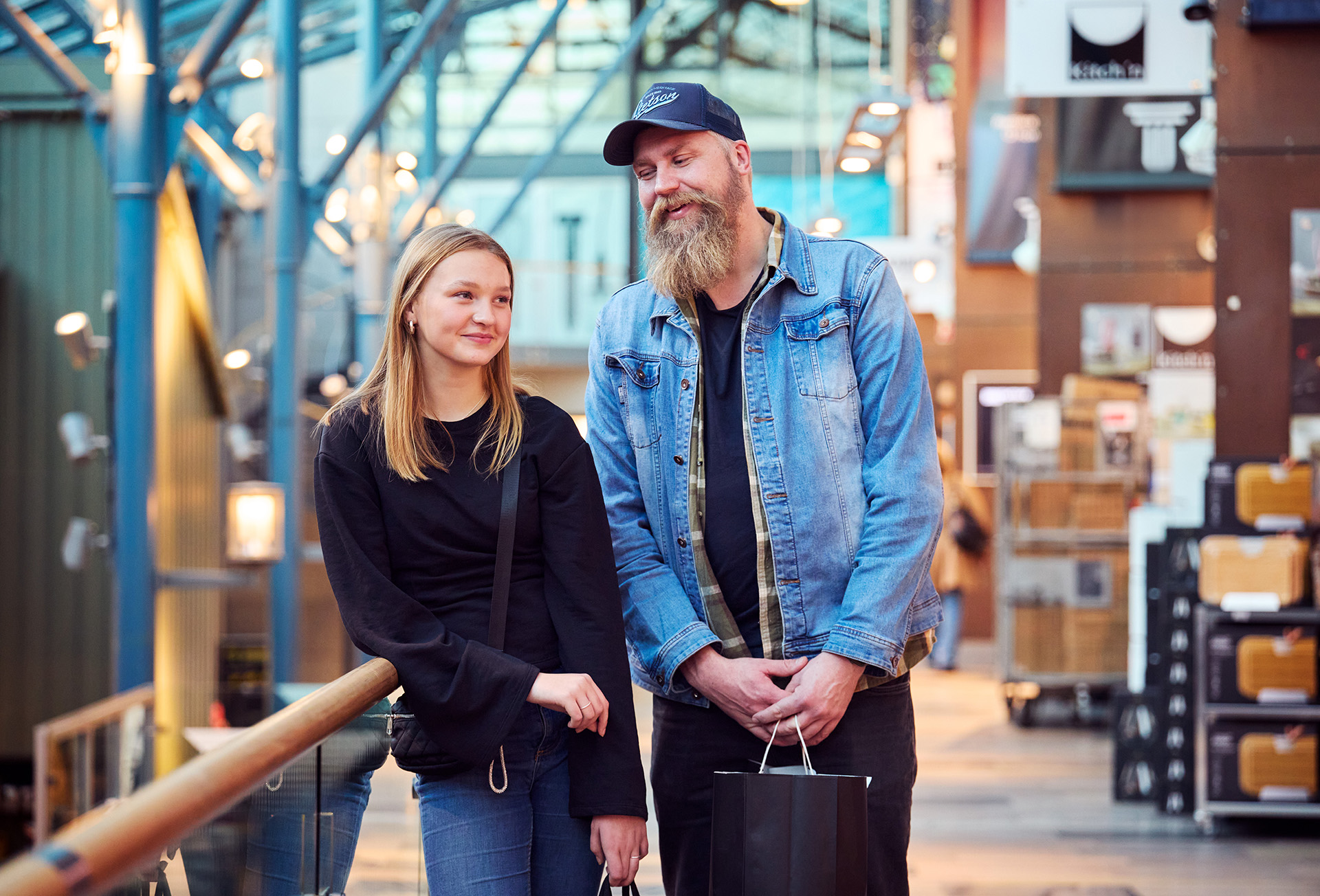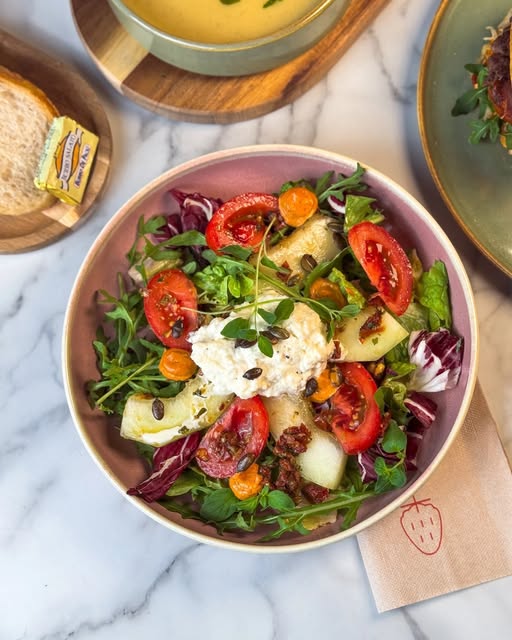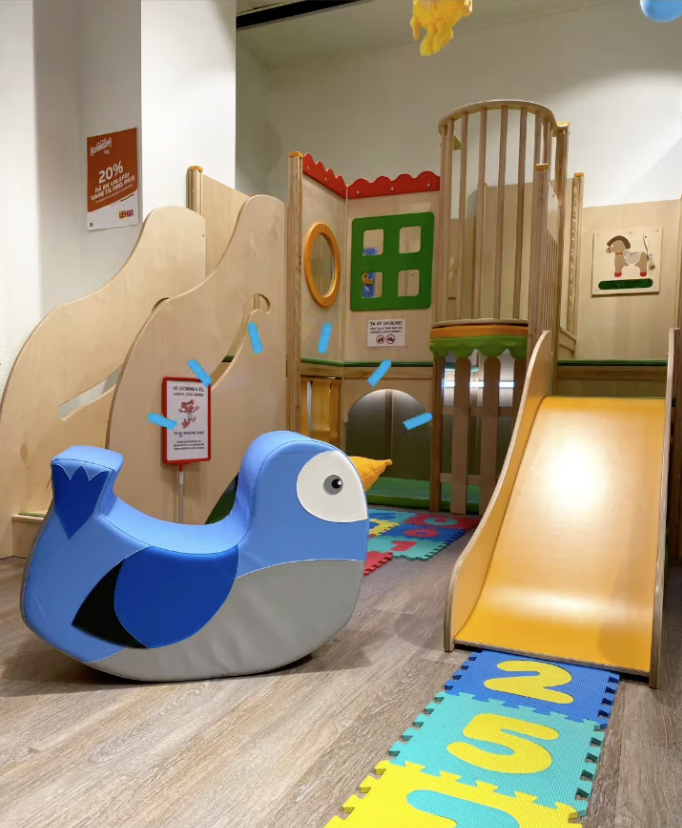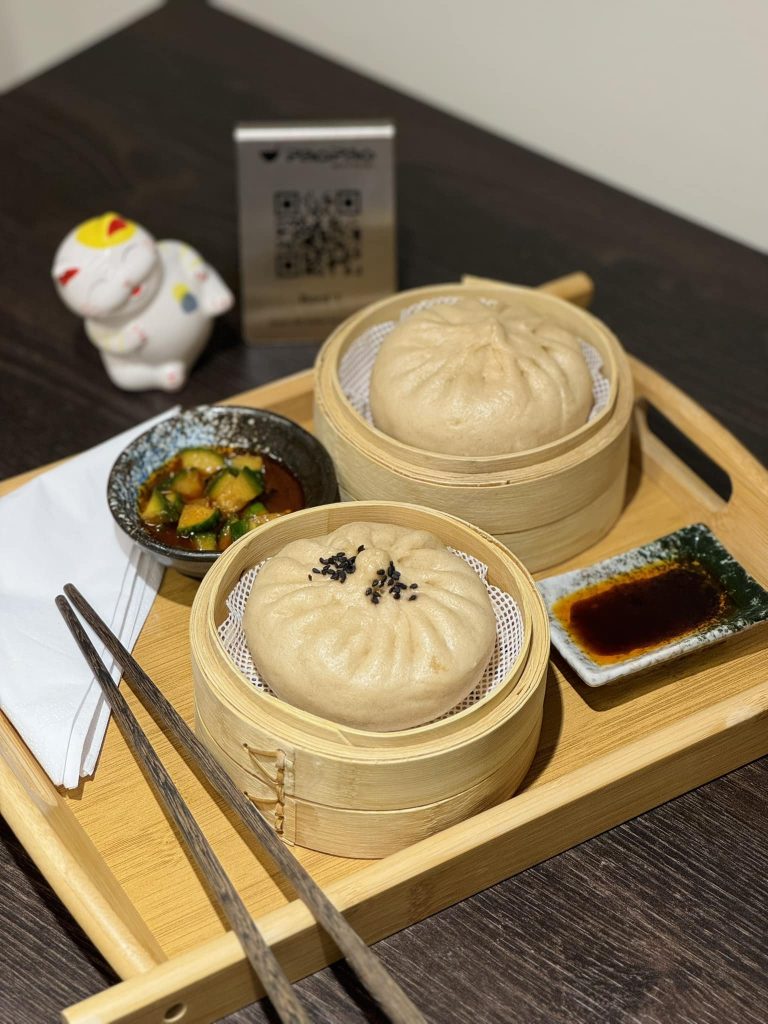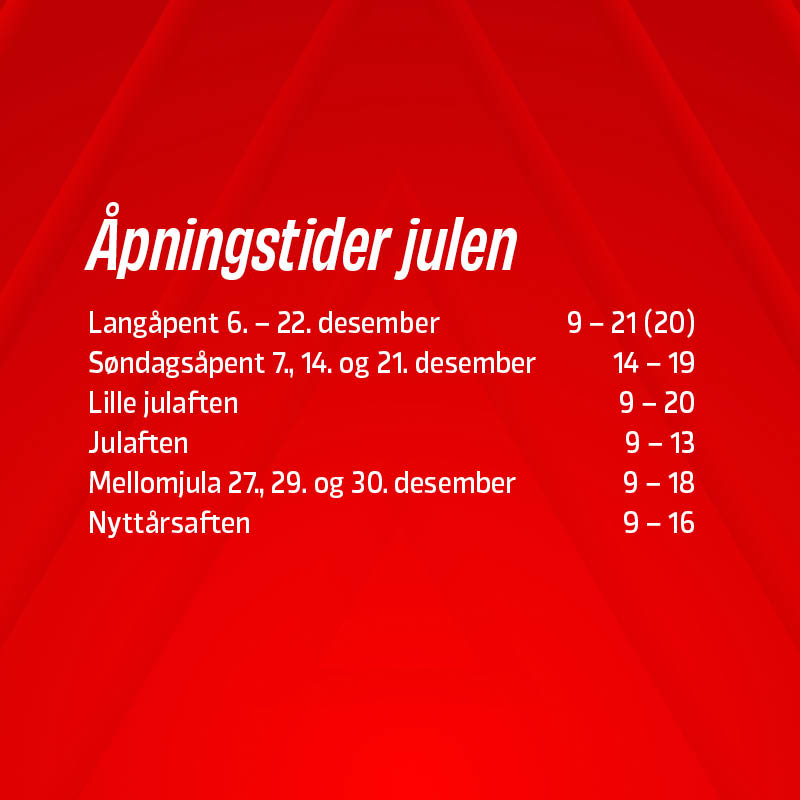Hva skjer?
Vi har utvidet åpningstid fra 6. desember. Velkommen til oss!
Nyhet
Hva skjer?
Tilbud
Som student så får du enda flere rabatter med studentrabatt på Trondheim Torg.
Inspirasjon
Trenger du en velfortjent pause i hverdagen? Hos Jordbærpikene på Trondheim Torg finner du alltid noe godt – enten
Lekia
Nyhet
Pao Pao
Nyhet
Hva skjer?
Tilbud
Som student så får du enda flere rabatter med studentrabatt på Trondheim Torg.
Inspirasjon
Trenger du en velfortjent pause i hverdagen? Hos Jordbærpikene på Trondheim Torg finner du alltid noe godt – enten
Lekia
Nyhet
Pao Pao
Kundeklubb
Vi tar ekstra godt vare på våre kundeklubbmedlemmer, meld deg inn og få eksklusive tilbud og invitasjoner.
Gavekort
Den perfekt gaven! Kjøp vårt elektroniske gavekort i vår gavekortautomat. Gavekortet kan benyttes i alle senterets butikker!
Klikk & Hent
Bestill på nett og stikk innom og hent varene på Trondheim Torg når butikken har gjort dem klar til deg. Raskt, enkelt og greit!

